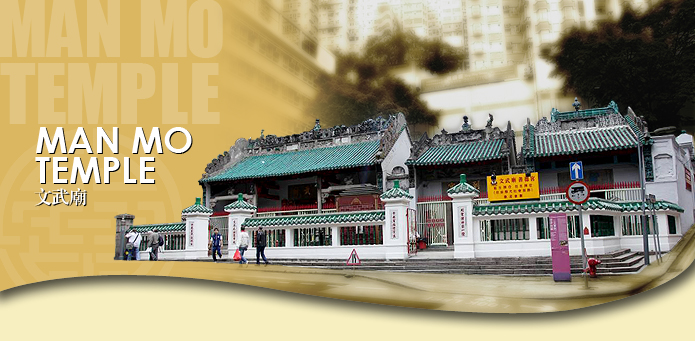
The Man Mo Temple Compound on Hollywood Road, Sheung Wan, which comprises three blocks, namely Man Mo Temple, Lit Shing Kung (列聖宮) and Kung Sor (公所), were built between 1847 and 1862. It was once managed by “Kaifong” (local residents).
It was not only a place for worshipping the Civil God and theMartial God, but was also where Chinese people discussed issues and resolved disputes. In 1908, with the enactment of theMan Mo Temple Ordinance, the temple and its properties were entrusted to the care of Tung Wah Hospital. Later in 1958, the Ordinance was revised, stipulating that apart from funding annual religious ceremonies as well as renovation and expansion of the temple, revenues of the temple and related properties should also be used to establish schools for the education of Chinese children, sponsor the charitable work of the Chinese community in Hong Kong and develop Tung Wah’s medical services.
Man Mo Temple, having undergone various renovations, is graded as a Grade One Historical Building by the Hong Kong Antiquities Advisory Board in 1994. Located on the Sheung Wan Route of the Central and Western Heritage Trail, the temple is one of the most popular tourist attractions inHong Kong. Each year, Directors of the Tung Wah Group of Hospitals perform traditional Autumn Sacrificial Rites at Man Mo Temple to pray for the people of Hong Kong.



